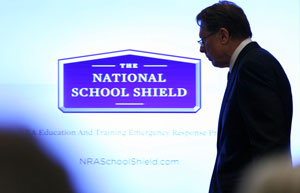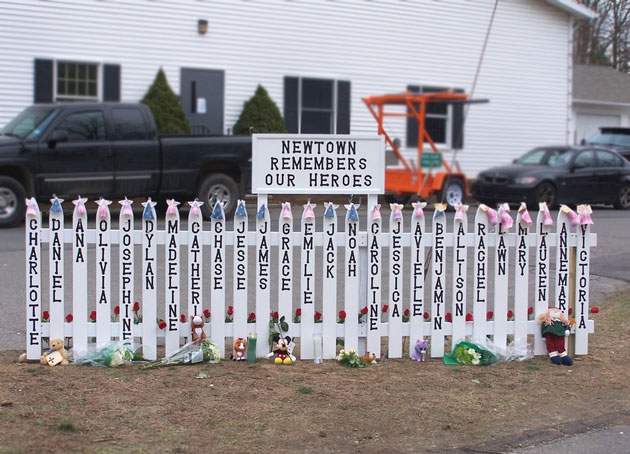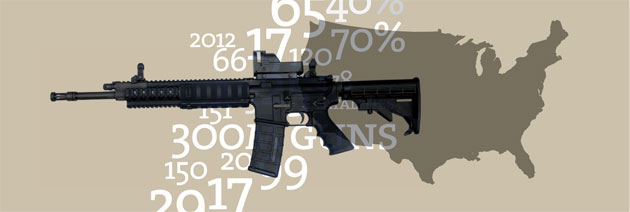
By the time the nation confronted the unthinkable school massacre in Connecticut last December, Mother Jones‘ groundbreaking investigation of mass shootings, launched the prior summer, had shown that mass gun violence in America was on the rise. The trend appeared to be no coincidence in light of the proliferation of guns and looser gun laws nationwide. One leading criminologist took issue with our criteria, arguing that mass shootings had not become more common. But now, research from an expert on criminal justice at Texas State University further shows that gun rampages in the United States have escalated.
The research, to be published in a book in July, confirms that:
- Public shooting rampages have spiked in particular over the last few years
- Many of the attackers were heavily armed
- None of the shootings was stopped by an ordinary citizen using a gun
The author of the study, Pete Blair, advises law enforcement officials and has conducted extensive research on gun rampages in workplaces, schools, and other public locations. He gathered data on 84 “active shooter events” (ASEs) between 2000 and 2010 in which the killer’s primary motive appeared to be mass murder. This chart shows his findings on the frequency of cases:
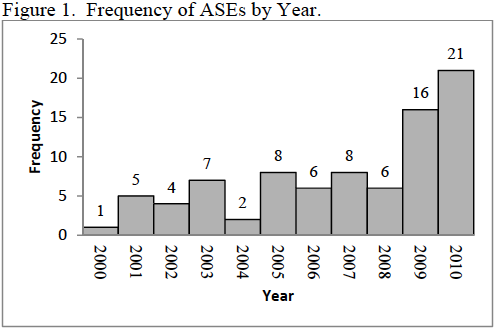
Notably, the jump in attacks in 2009 and 2010 was prior to the massacres in Tucson, Aurora, Oak Creek, Newtown, and numerous other locations during the last two years. Although Blair’s research does not cover 2011 and 2012, he concludes that “our tracking indicates that the increased number of attacks continued in those years.” As our own investigation showed, there were a record number of mass shootings in 2012.
Blair’s data also underscores a striking parallel we found: The unprecedented spike in these shootings came during the same four-year period, from 2009-12, that saw a wave of nearly 100 state laws making it easier to obtain, carry, and conceal firearms. (We mapped those laws here.)
By comparison, here is the chart from our investigation documenting mass shooting casualties between 1982-2012:
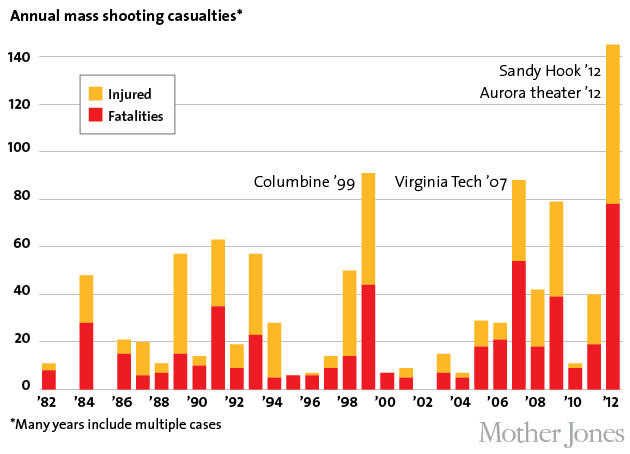
While our study examined cases in which four or more people were murdered, Blair’s dataset includes less lethal rampages in which the median number of victims shot was four and the median number of those killed was two. But casualty counts aside, his research uses similar criteria, excluding cases involving criminal motives other than indiscriminate mass murder, such as gang-related shootings. (He points out that the NYPD does not consider gang-related shootings to be “active shooter events.”)
Blair found that at least 41 percent of the attackers carried multiple weapons. We found that a majority of mass shooters carried multiple weapons, and that more than half of them used assault weapons and high-capacity magazines.
Moreover, our investigation made clear that so-called “good guys with guns” do not stop public shooting rampages. Likewise, Blair’s data couldn’t be any clearer when it comes to the National Rifle Association’s favorite myth: He found just 3 cases out of 84 in which an armed individual who had been on the scene used a firearm to stop the shooter. And none of the three were ordinary citizens. According to Blair, in two instances those who intervened were off-duty police officers: one in a case in upstate New York in 2010, and another in a case in Philadelphia in 2005. The third case took place in Winnemucca, Nevada, in 2008; the man there who intervened and shot the rampaging gunman, as I’ve reported previously, was a US Marine.
As debate over gun reform climaxes on Capitol Hill, the NRA has continued to call for more guns as a solution to gun violence. The group even used a phony school massacre to push its agenda.
The question now is whether lawmakers will choose to act based on demagoguery or actual data.

